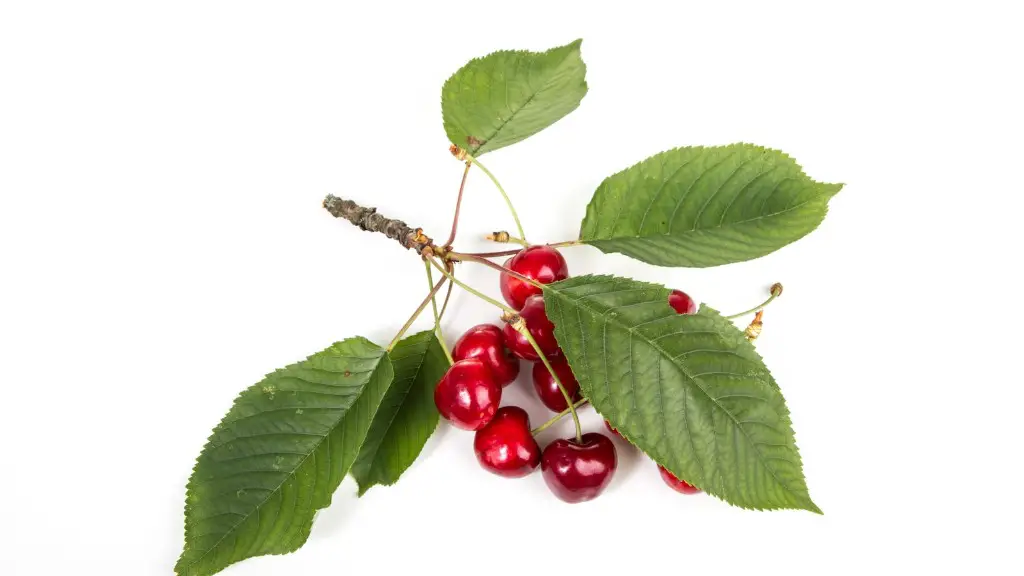Cutting a lemon tree properly is a crucial process in keeping the tree healthy. It involves a few simple steps that anyone can follow, although it is often best done with the help of a skilled gardener. The first step is to assess the tree and determine its overall health. Inspect the branches and examine the leaves. Look for any signs of damage or diseases and make sure there are no dead or decaying branches.
Once you have a good assessment of the tree’s condition, you can proceed with the actual pruning. Start by removing any dead or broken branches. Prune out branches that have too many or too few lemon fruits, as this will not allow the tree to thrive. Do not cut back too many branches – just the ones that are affecting the tree’s growth. If you need to, use a hand saw or shears to trim away excess stems and branches.
Next, you’ll want to shape the tree into whatever form you want it to be. Doing this properly will help increase the lemon tree’s productivity and prevent it from growing too quickly. To achieve the desired shape, use a combination of thinning, heading, and pruning methods. Trim away branches in a strategic way to open up the center and create a strong, symmetrical shape.
Finally, to keep the tree healthy, it needs to be watered. Check the soil often and apply a generous amount of water when it’s dry. You’ll also need to fertilize the lemon tree regularly to ensure its continued growth. A balanced fertilizer can be applied every three to four weeks during the growing season.
Cutting a lemon tree correctly is essential for any gardener looking to keep the tree in good health. By assessing the tree’s health, pruning out dead or broken branches, shaping it with thinning and pruning methods, and fertilizing it regularly, you can make sure your lemon tree stays healthy and productive.
Advanced Pruning Techniques
In addition to basic pruning, there are a few advanced pruning techniques that are useful in cutting a lemon tree. For example, you can use pollarding – cutting back branches to a predetermined point – to stimulate new growth. This will also help create a more compact structure and make the tree less top-heavy.
Another advanced pruning technique called espalier involves training the branches in a particular design. For example, you can fan the branches out in a V-shape, which can help create more even growth and increase the amount of sunlight and air that reaches the tree.
A third advanced pruning technique is called hedge pruning, where you trim a hedge at an angle to allow sunlight to reach all parts of the hedge. Hedge pruning is great for creating a neat and uniform shape, and controlling the amount of foliage.
Finally, you can cut a lemon tree to create a canopy, which is when branches are trained along a canopy shape. This technique is great for creating a sense of openness and promoting airflow.
By using advanced pruning techniques, you can create a neat and tidy lemon tree that looks great and is more productive.
Fruit Yielding Techniques
While pruning can help create a healthy lemon tree and promote fruit production, there are also some other techniques you can use to increase fruit yields. One of the most important things to do is provide the tree with adequate nutrients. Using a fertilizer during the growing season, and ensuring that the soil is kept moist and well-drained, can help increase fruit yields.
You can also provide more space between the lemon fruit, by thinning the branches. This will promote faster growth and allow more sunlight to reach the lemon fruits, as well as increase air flow. Additionally, you can use trellising or staking to increase lateral growth and promote more fruit, as well as protect the branches and keep the tree stable.
Finally, pruning during the winter months can help invigorate the tree and encourage more growth and fruit production in the spring and summer. Trim away dead and decaying wood, as well as any crossing branches, which will help increase the amount of sunlight and air that reaches the lemon fruits.
By using a combination of the above techniques, you can ensure that your lemon tree produces a lot of fruit.
Winter Care Basics
In addition to proper pruning and fruit yielding techniques, there are some other things you can do to keep a lemon tree healthy during the winter months. One of the most important things is to protect the tree from the cold. You can do this by wrapping it in burlap, or by using mulch around the base of the tree. This will insulate the tree and reduce the temperature fluctuations it experiences.
You should also be sure to water the tree regularly throughout the winter, as the soil may still be dry. If the temperature falls below freezing, you may need to water more often, as the soil will not absorb as much water. Additionally, make sure you remove any dead leaves or branches, so that the tree has more resources to use for healthy growth.
You should also provide the tree with adequate nutrients throughout the winter. During this time, the tree will be going dormant and will not require as much food. However, you should still fertilize the tree to ensure it has enough nutrients.
Lastly, make sure the tree has enough air circulation. If the tree is planted too close together, it can lead to problems with fungal diseases. Creating a pruning pattern that keeps the center open can help ensure adequate air flow, as well as thinning out any dense branches.
By following these simple care tips, you can ensure your lemon tree stays healthy and productive throughout the winter.
Pest Prevention and Control
Another important part of caring for a lemon tree is preventing and controlling pests. In order to do this, you should be sure to regularly inspect the tree for any signs of damage. Be on the lookout for small holes in the leaves, brown spots, or any other signs of infestation. Additionally, making sure to keep the tree pruned, watered, and fertilized can also provide a deterrent for pests.
If you do find pests on your tree, it’s important to act quickly. Identify what type of pest it is, as that will determine the appropriate control method. If it is an insect, you can either manually remove them or use an insecticide. If it is a fungal disease, you may need to use a fungicide or prune away any affected branches.
In addition to pest prevention and control, you can also use organic methods to keep pests at bay. Planting beneficial plants, such as marigolds and garlic, near the lemon tree can help repel insects. Additionally, using beneficial insects like ladybugs or praying mantises can help keep harmful pests away.
By following these simple tips, you can ensure that your lemon tree stays healthy and free from pests.




